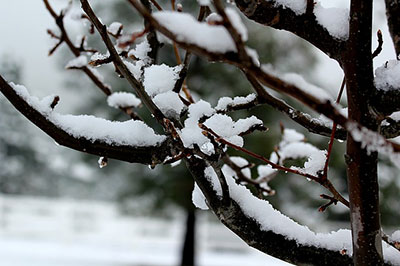 In Shismaref, Alaska, an Iñupiat village that is home to about 600 people, climate change poses more than a physical threat, it threatens the community’s culture.
In Shismaref, Alaska, an Iñupiat village that is home to about 600 people, climate change poses more than a physical threat, it threatens the community’s culture.
The village is located on Sarichef Island, about a quarter of a mile wide, near the Bering Strait. Sea ice around the island used to protect it from the ocean’s fierce waves. Permafrost created the town’s foundation. But warming temperatures mean the ice is forming later and later, and the permafrost is thawing. Storms have ravaged the seawall, which the U.S. Army Corps of Engineers rebuilt in 2005.
The community voted to move their village to the mainland, but with 40 percent of the community living below the poverty line, it’s tough to find the $179 million it will cost. Congress so far, has not been supportive of funding the move.
In 2016 President Obama signed an executive order to help arctic communities under “imminent threat” respond to climate change, but the new Administration revoked the order.
“Each one of these villages is its own distinct culture, [they have] their own distinct dialect,” Joel Clement, a scientist and policy analyst who used to work at the US Department of the Interior told Amy Martin in a PRI interview. “To ask them to just assimilate into another village somewhere is to ask them to let go of their culture entirely, which I think is just a horrible thought.”
Martin calls the Shishmaref story “a case study on how climate change can’t be understood in isolation from history and politics.”
Read the full story here: https://www.pri.org/stories/2018-10-22/alaskan-village-falling-sea-washington-looking-other-way
